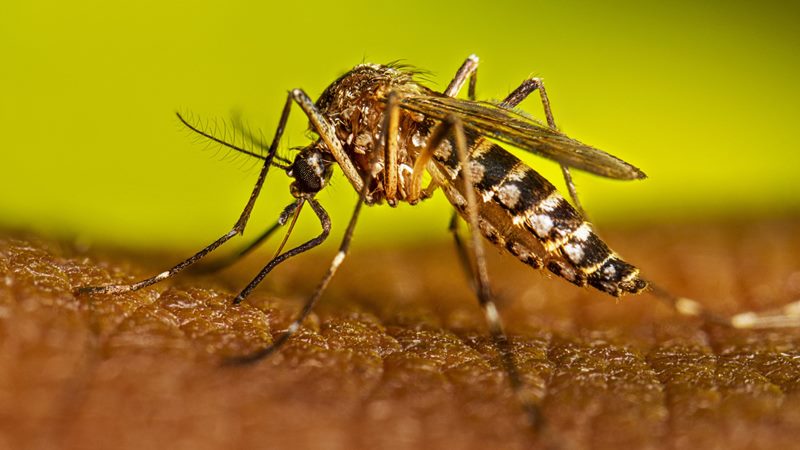Dengue Outbreak Sindh Reaches 1,083 Official Cases, But Hospitals Report Far Higher Numbers
The Dengue outbreak in Sindh has officially reached 1,083 confirmed cases for the year 2025, with 439 new infections reported in October alone, according to the provincial Health Department. This mosquito-borne viral illness, transmitted primarily by the Aedes aegypti mosquito, continues to be a severe public health challenge in the region, with its spread accelerated by monsoon-related stagnant water and inadequate sanitation. The infection is known for causing high fever and can lead to life-threatening complications in severe instances.
However, a significant disparity exists between official figures and data from major medical institutions. While the government’s official count for the year stands at 1,083, statistics gathered from just three major Karachi hospitals and a public laboratory in Hyderabad suggest an outbreak of a much larger scale, with over 12,000 confirmed cases in the recent six-week period alone. This contradiction highlights a critical gap in the comprehensive surveillance of the Dengue outbreak in Sindh.
Official Data and Government Response
In an official statement, Sindh Minister for Health and Population Welfare, Dr. Azra Fazal Pechuho, provided a regional breakdown of the cases. “Karachi Division remains the most affected, with 188 cases reported this month, followed by Hyderabad Division with 154, Mirpurkhas with 83, Sukkur with 10, Shaheed Benazirabad with three, and Larkana Division with one case,” she stated. Dr. Pechuho clarified that the Health Department’s records are based solely on confirmed cases from government hospitals and do not include tests performed by private laboratories.
She urged the public to rely only on verified information and not on rumors circulating on social media, assuring that all patient data from hospital admissions and outpatient departments is meticulously maintained. Regarding the government’s efforts, Dr. Pechuho emphasized that anti-dengue measures have been intensified. “Deputy commissioners and district health officers have been instructed to ensure that no stagnant water remains, as it serves as a breeding ground for mosquitoes,” she said, adding that fumigation, spraying, and drainage improvement are ongoing across all districts, with equal focus on urban and rural areas.
The Grim Reality on the Ground in Major Cities
The situation in Karachi’s major hospitals paints a more alarming picture. Data collected from September 1 to October 16 shows that the Indus Hospital, Liaquat National Hospital, and the Sindh Infectious Diseases Hospital and Research Centre collectively reported 2,972 dengue cases. Separately, the Jinnah Postgraduate Medical Centre recorded 1,062 cases from July to the present. Sources at the Aga Khan University Hospital also confirmed a high number of cases, significantly larger than the previous year, along with a few fatalities.
The crisis is equally severe in Hyderabad. Figures from the Diagnostic and Research Laboratory of the Liaquat University of Medical and Health Sciences and its branches revealed a staggering 9,075 confirmed dengue cases from September 1 to October 14, indicating an intense and widespread Dengue outbreak in Sindh’s second-largest city.
Questions on Data Credibility and Ineffective Fumigation
Health experts have openly questioned the credibility of the official data. Dr. Bashir Ahmed Khaskheli, President of the Pakistan Medical Association (PMA)-Sindh, described the situation as “far more serious than what’s depicted by official data.” He explained that the government’s figures are incomplete because there is no mechanism to collect data from the vast network of private clinics, hospitals, and informal practitioners.
Echoing the concerns about the Dengue outbreak in Sindh, Dr. Faisal Mahmood, a professor of infectious diseases at AKUH, confirmed the surge and noted that the end of October is typically the peak season for dengue. He suggested that cyclic patterns, weather changes, and the recent floods have likely contributed to the current spike. Furthermore, experts attribute the rapid spread to ineffective vector control. Dr. Mirza Ali Azhar of the PMA and Dr. Khaskheli both pointed to poor fumigation campaigns and inadequate drainage, with standing rainwater and sewage providing ideal breeding grounds for mosquitoes, exacerbating the ongoing crisis.














